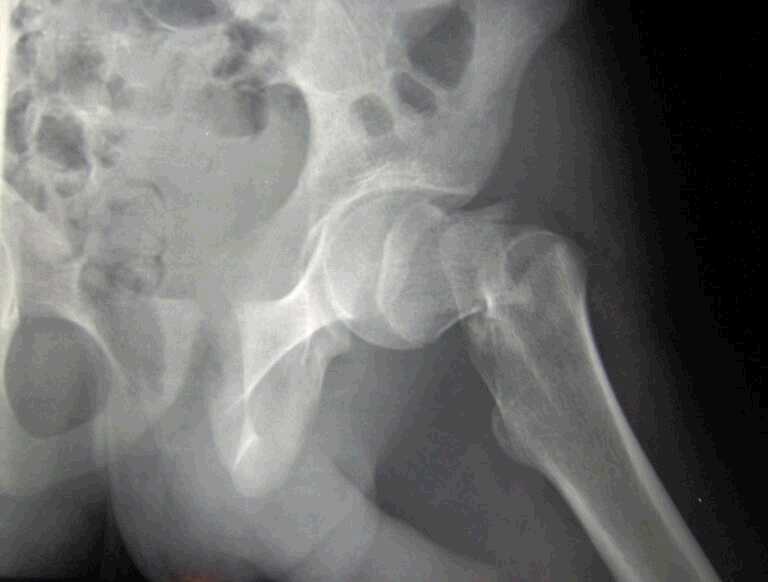
Diabetes is associated with osteoporosis and hence an increased risk of fractures. Type 2 diabetic patients have a 1.3-fold higher risk of hip fractures. Similarly, type 1 diabetic patients have a 7-fold higher risk of hip fractures.
Yet, the surprising part is even though it is known that diabetic patients are at a greater risk of getting fractures, it is not simple to predict who is at risk of developing a fracture.
A team of researchers from multiple institutions in Denmark sought to investigate the existing literature and understand the possible associations of risk factors with fractures in diabetic patients.
The paper is a review that has been published in the journal Calcified Tissue International & Musculoskeletal Research. The survey took into account all possible factors of diabetes, viz. the disease, the complications associated with the condition, the risk factors involved in all these states, and the existence of other disease conditions along with diabetes.
In this multihued setup, it was complicated to identify a clear risk factor for the development of fractures.
The study managed to identify potential risk factors, such as alcohol consumption, gender, age, smoking, glucocorticoid consumption, pancreatitis, prior history of fractures, low blood sugar, autoimmune conditions, and other falls.
It was observed that low blood sugar and falls had a combined risk of potential fractures in diabetics.
This observation, the authors recommended, required to be further investigated. The fact that low blood sugar and falls could be responsible for fractures leads the authors to advise physicians to monitor low blood sugar levels. These low blood sugar levels may arise due to antihypertension treatments.
The authors also noted that a combination of risk factors appeared to influence the risk of fractures. The risk factors that were responsible were the use of glucocorticoids, alcohol, pancreatitis, and smoking.
Current assessments of fracture risk (fracture risk assessment tool, bone mineral density [BMD]) are insufficient to accurately predict fracture risk. The authors suggest precautionary measures of performing a spine X-ray to predict new fractures and to detect vertebral fractures. Physicians should monitor diabetic patients more closely.
